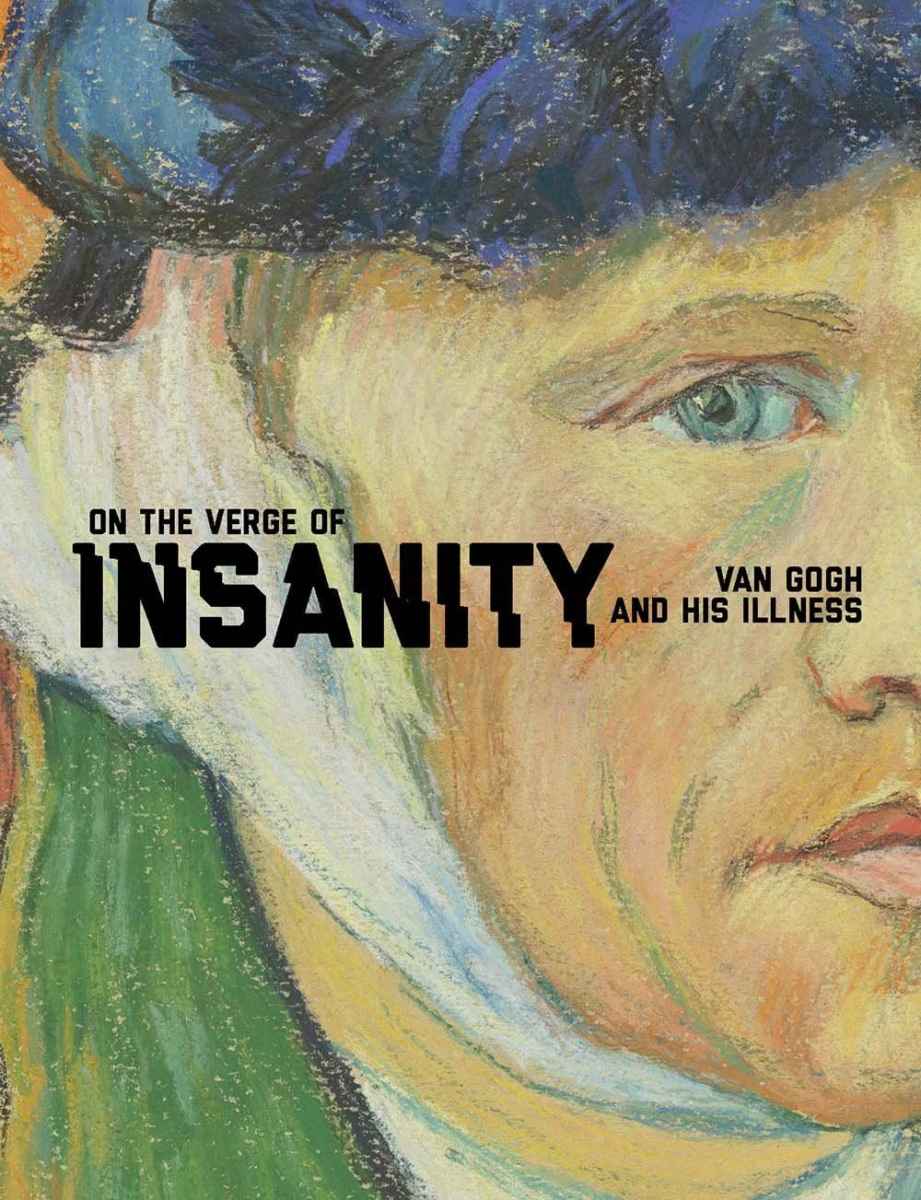
Vincent van Gogh and his illness. Exhibition catalogue / Book review
Bernadette Murphy discovered a hitherto unknown document relating to the cutting of Van Gogh’s ear. This discovery led the Van Gogh Museum in Amsterdam to organize the exhibition On the Verge of Insanity: Van Gogh and his Illness, which ended on September 25, 2016.
Bernadette Murphy’s document – an illustration by Dr. Félix Rey, showing that Van Gogh cut of pretty much his entire ear – was made into an own book, Van Gogh’s Ear: The True Story (Amazon.co.uk, Amazon.com), as well as a PBS and a BBC TV documentary.
The Amsterdam exhibition and the accompanying catalogue On the Verge of Insanity: Van Gogh and his Illness both focus on the mental and physical health of Vincent Van Gogh (Amazon.com, Amazon.de, Amazon.fr, Amazon.co.uk). Why did he cut off his ear? What was the nature of his illness? Why did he commit suicide in 1890 at the age of 37?
According to the museum’s book, there are no definitive answers. The catalogue offers a detailed reconstruction of the medical history of Vincent Van Gogh based on the artist’s letters, testimonies of family members, friends, doctors and other people surrounding the painter. The exhibition catalogue compiles important, original documents in English translation for the first time, including documents from the municipal archives in Arles.
In her conclusion, Laura Prins writes about Vincent Van Gogh’s illness: “It is unlikely, however, that we will ever be able to answer once and for all precisely which illness it was that afflicted him. Many doctors today lean towards a diagnosis of bipolar disorder, although a form of epilepsy, cycloid psychosis or borderline personality disorder remain possibilities. Alcohol is sure to have been a contributory factor.” Laura Prins concludes: “Most scholars today would probably agree that Van Gogh’s illness must have been a combination of psychological and neurological factors, genetic predisposition and an unhealthy lifestyle.”
Other catalogue contributions include articles by Louis Van Tilborgh, who wrote an introduction, Nienke Bakker, who focuses on the witnesses of Van Gogh’s illness, and Laura Prins with a chronology of Van Gogh’s physical and mental health.
Bernadette Murphy disagrees that alcohol was involved when it comes to cutting of the ear. However, the Amsterdam Museum book offers a touching document. A petition signed by 30 citizens of Arles, shortly before February 27, 1889. Local residents wanted Vincent Van Gogh to be detained and prevent him from returning to his house because “… he is not in full possession of his mental faculties, and that he over-indulges in drink, after which he is in a state of over-excitement such that he no longer knows what he is doing or what his is saying, and very unpredictable towards the public, a cause for fear to all the residents of the neighborhood, and especially to women and children.”
The exhibition catalogue On the Verge of Insanity: Van Gogh and his Illness also contains the report drawn up by chief of police Joseph d’Ornano in response to the petition. He recommended that Vincent Van Gogh should be detained in a special asylum. He described the painter as a “madman [who] has moments of lucidity. Van Gogh is not yet a threat to public safety, but there are fears that he may become so. All his neighbors are frightened, and with good cause, because a few weeks ago, the madman concerned cut off an ear in a fit of insanity…”
Even more so after the two new books mentioned above, Vincent Van Gogh will remain an object of speculation. Another movie about his life is just a matter of time, especially considering that Van Gogh offered his cut-off ear to a prostitute.

Order the exhibition catalogue On the Verge of Insanity: Van Gogh and his Illness from Amazon.com, Amazon.de, Amazon.fr, Amazon.co.uk.

Order Bernadette Murphy’s book Van Gogh’s Ear: The True Story from Amazon.co.uk, Amazon.com.
Article added on October 6, 2016 at 15:57 Swiss time